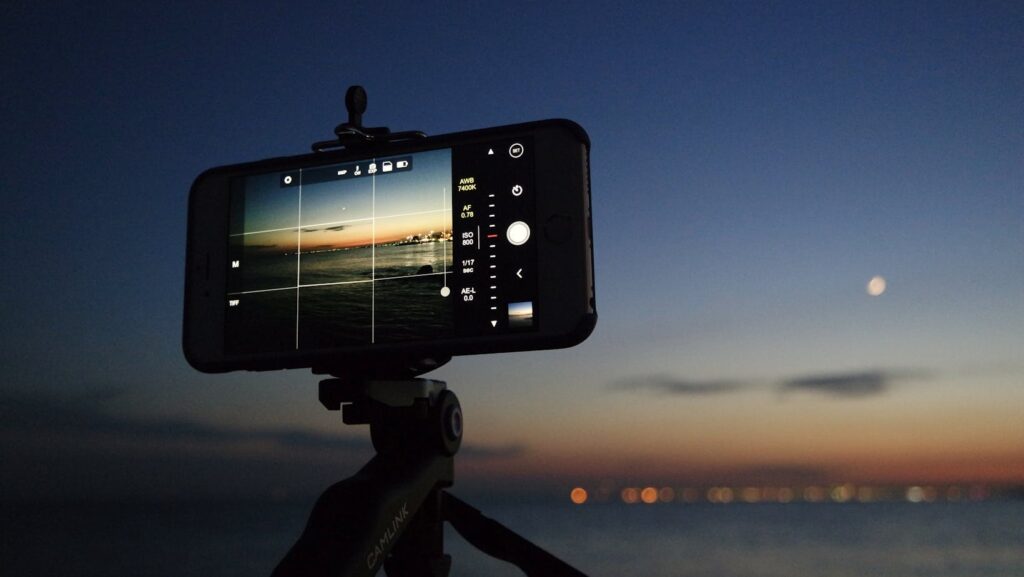Immersive experiences have revolutionized the way we interact with technology, blurring the lines between the physical and digital worlds. Augmented Reality (AR) has taken center stage in providing users with captivating and engaging encounters that transport them to new dimensions. From interactive museum exhibits to innovative marketing campaigns, AR immersive experiences offer a gateway to a realm where imagination meets reality.
AR Immersive Experiences

Augmented Reality (AR) is a technology that overlays virtual objects onto the real world, creating an immersive experience for users. Using a combination of cameras, sensors, and algorithms, AR systems detect the physical environment and superimpose digital content in real-time. This fusion of the physical and digital realms transforms how individuals perceive and interact with their surroundings, offering a heightened sensory experience that blurs the lines between the two worlds.
AR has revolutionized digital interactions by enhancing user engagement and interactivity. By integrating virtual elements seamlessly into the physical environment, AR immersive experiences provide users with interactive and personalized content. This personalized approach not only captivates users but also creates a more memorable and engaging experience.
Key Components of AR Experiences
Hardware Essentials for AR

When it comes to creating AR immersive experiences, the hardware plays a crucial role in delivering a seamless and engaging user experience. The primary hardware components essential for AR technology include:
- Cameras: These capture the real-world environment and enable the integration of digital elements.
- Sensors: They provide data about the user’s surroundings, such as motion tracking and depth perception.
- Displays: These present the augmented view to the user, superimposing digital content onto the physical world.
- Processors: Responsible for running complex algorithms and rendering graphics in real-time to ensure a smooth AR experience.
- Input devices: Such as touchscreens or controllers, allow users to interact with the augmented environment, enhancing user engagement.
These hardware components work in tandem to create immersive AR experiences that blend digital content seamlessly with the real world, offering users a unique and interactive way to engage with the environment.
Software Innovations Driving AR

In addition to hardware, software innovations are instrumental in driving the advancement of AR technology and enhancing immersive experiences. Some key software components that contribute to the success of AR applications include:
- Tracking algorithms: These algorithms ensure accurate placement and interaction of virtual objects within the real-world environment.
- Rendering engines: Responsible for rendering high-quality graphics and visual effects to create a realistic AR experience.
- Application frameworks: Provide developers with tools and libraries to create AR applications efficiently.
- Interaction models: Define how users engage with and manipulate virtual objects in the AR environment, enhancing user interactivity.
- Content creation tools: Enable the development of engaging AR content, such as 3D models, animations, and interactive elements.
By leveraging these software innovations, developers can create compelling AR immersive experiences that deliver rich and interactive content, transforming user engagement across various industries. The seamless integration of hardware and software components is key to unlocking the full potential of AR technology and offering users immersive and captivating experiences.
AR in Various Industries
Retail and Shopping
In the retail sector, AR immersive experiences have redefined the shopping journey. Retailers utilize AR to offer virtual try-on experiences, allowing customers to visualize products before purchase. This enhances the shopping experience by providing customers with a more interactive and informed buying process. AR applications in retail also include virtual showrooms, where customers can explore products in a digitally recreated environment, boosting engagement and influencing purchase decisions.
Travel and Tourism
In the travel and tourism industry, AR offers innovative ways to enhance the visitor experience. AR applications provide interactive guides, allowing tourists to explore historical sites, museums, and landmarks with augmented information and digital overlays. AR also enhances navigation by providing real-time directions, information on points of interest, and interactive maps, making travel more convenient and enriching. Additionally, AR immersive experiences in travel enable tourists to preview accommodations, attractions, and destinations, improving trip planning and decision-making processes.



